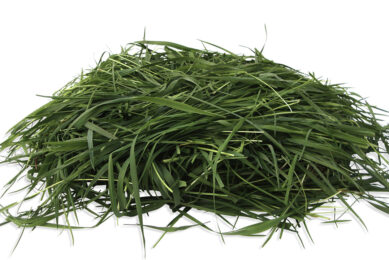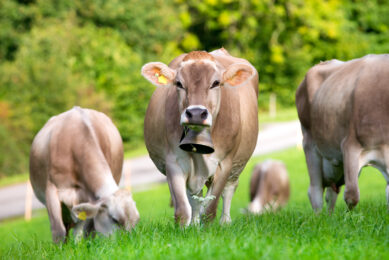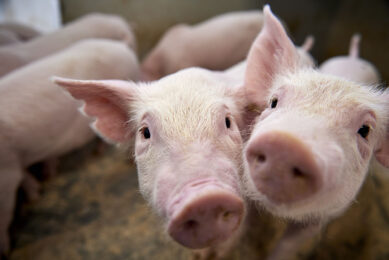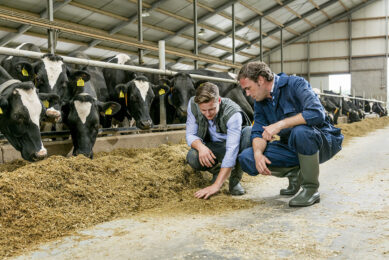Addressing SARA starts with a healthy rumen
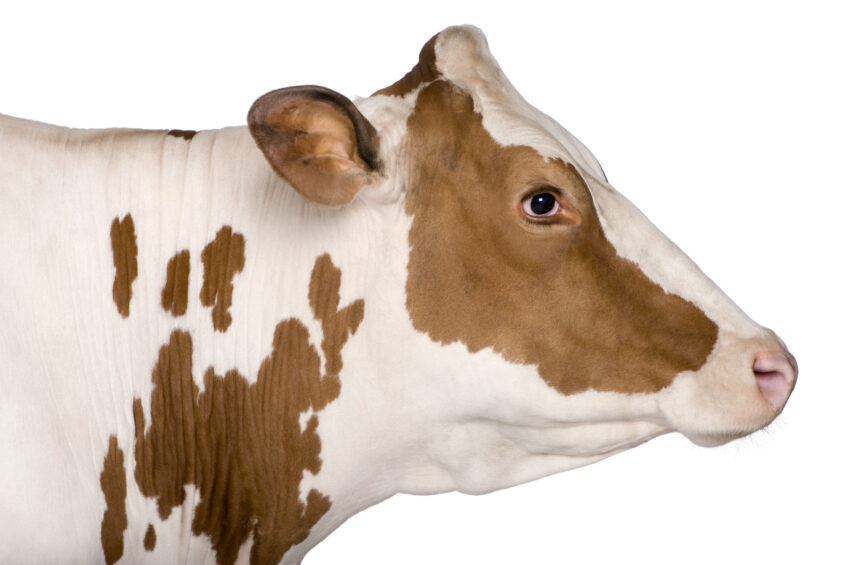
The rumen is the power station of the cow. A healthy rumen environment therefore means a healthy cow. As endotoxins can induce a strong response, their impact on the rumen microflora can play a crucial role in the health status of cows.
In the rumen ecosystem, a symbiosis exists between the host and the ruminal microbiota. The microbiota is responsible for the breakdown of nutrients and the formation of short chain fatty acids (SCFA). The microbial products are directly absorbed through the multilayered reticulorumen epithelium or in the duodenum.
The absorption of SCFA reduces the risk of ruminal dysfunction. An impairment of the microbial symbiosis in the rumen, for example as a result of rumen acidosis, can lead to a shift of the microbiome and the microbial metabolites. When rumen disorders are present, the sub-acute ruminal acidosis (SARA) shows a high prevalence. During SARA the rumen pH decreases below 5.8 for 5 to 6 hours per day, which leads to a dysbiosis and to a shift of the microbiota. Subclinical symptoms or secondary outcomes of SARA-challenged cows can include a decrease in dry matter intake, laminitis, rumenitis, liver abscesses, pulmonary bacterial emboli, loss of body weight, diarrhoea and milk fat depression. The estimated loss due to SARA in the US dairy industry is between US$500 million to US$1 billion a year. Many studies indicate that SARA is a major problem in the dairy industry, and its occurrence depends on management, production and stage of lactation of the individual animal.
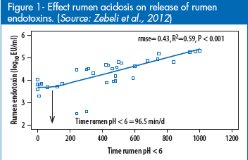
Figure 1- Effect rumen acidosis on release of rumen endotoxins. (Source: Zebeli et al., 2012) – zoom
Role of endotoxins in SARA
High grain-based diets combined with low amounts of hay lead to a shift of bacteria from predominantly Gram-negative to predominantly Gram-positive, and therefore, the endotoxin concentration increases. Endotoxins are part of the outer membrane of the cell wall of Gram-negative bacteria. Endotoxins, may then cross the mucosal barrier and enter the organism. The definition of SARA is based on the decrease of the pH in the rumen for several hours. The increase of endotoxins in the rumen furthermore plays an important role. It has been shown that there is a correlation between pH reduction in the rumen and increased endotoxin levels. Figure 1 illustrates the strong correlation between duration of pH below 6 and the endotoxin concentration in the rumen. Endotoxins can enter the organism via an impaired barrier function. Reasons for an impairment can include either a high luminal osmolarity after a grain-based diet or changes in the electrolyte transport as well as mucosal ischemia. Earlier research suggested that the increase of endotoxins might lead to apoptosis of epithelial cells, resulting in an impairment of tight junctions and therefore, increasing the permeability.
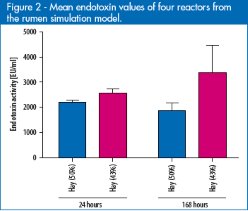
Figure 2 – Mean endotoxin values of four reactors from the rumen simulation model. – zoom
Use of binder
An in vitro simulation of the rumen fermentation, based on a modified RUSITEC (Rumen simulation technique), can help to predict the possible conditions in vivo. Fresh rumen fluid was cultivated for up to 2 weeks in reactors. Besides the pH, fatty acids and the total number of bacteria it is also possible to measure the endotoxins concentration in the rumen fluid. This model was used to test different feed formulations and the influence on endotoxin concentration. A trial was conducted with 2 different hay concentrations (50% and 43%). Four reactors were used per concentration. The reactors with lower hay concentration showed an increase in the endotoxin concentration (Figure 2). These results confirm the need for proper feed management and emphasise the need to use strategies to counteract increased endotoxin concentration, especially in high milk-producing cows. One counteracting measure is the use of an endotoxin binder. A complex binder assay, using fresh rumen fluid as medium, was used to measure the adsorption capacity of a toxin binder (1%). The binder was added to the rumen fluid and was incubated for 24 hours at 39°C. After incubation, the endotoxin concentration of the rumen fluid without treatment (Control) and with the binder was measured. A significant decrease in the endotoxin concentration in the reactors treated with the binder was observed (Figure 3). However, in vivo trials are still necessary to confirm these results.
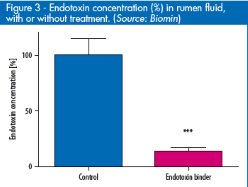
Figure 3 – Endotoxin concentration (%) in rumen fluid, with or without treatment. (Source: Biomin) zoom
Conclusion
Sub-acute ruminal acidosis leads to pH depression in the rumen and further induces a shift in the microbial environment. The death of Gram-negative bacteria leads to the release of endotoxins and further affect the cow by challenging the immune system. Proper feeding management and the use of an endotoxin binder are of great importance in high-producing cows to reduce the effects caused by high levels of endotoxins.
References are available on request.
Join 13,000+ subscribers
Subscribe to our newsletter to stay updated about all the need-to-know content in the dairy sector, two times a week.



